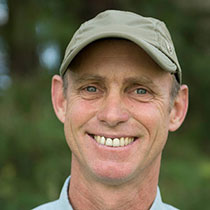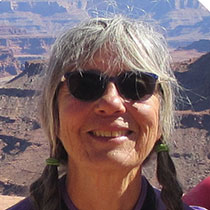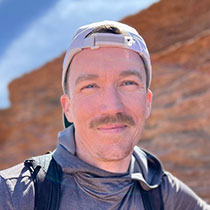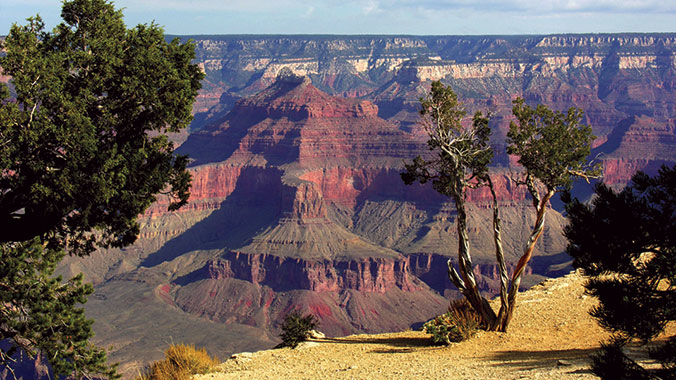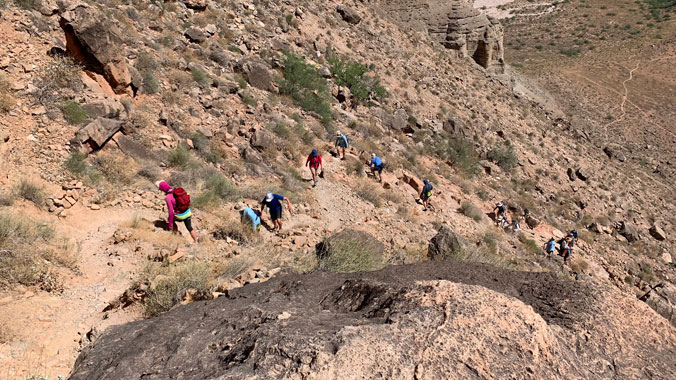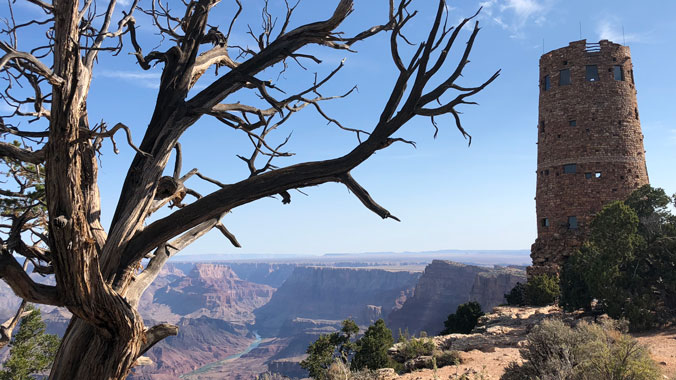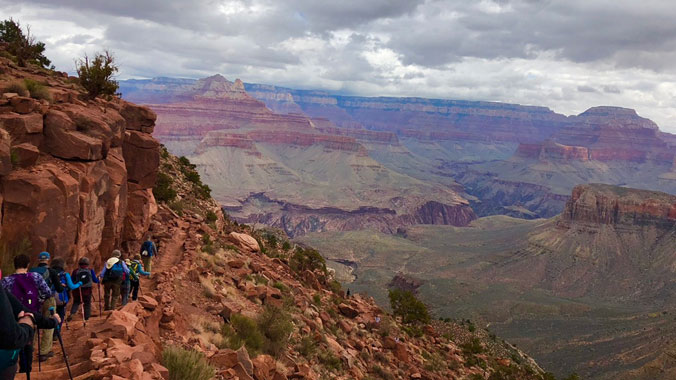Down the Great Unknown: John Wesley Powell's 1869 Journey of Discovery and Tragedy Through the Grand Canyon
by Dolnick, Edward
On May 24, 1869 a one-armed Civil War veteran, John Wesley Powell and a ragtag band of nine mountain men embarked on the last great quest in the American West. The Grand Canyon, not explored before, was as mysterious as Atlantis—and as perilous. The ten men set out from Green River Station, Wyoming Territory down the Colorado in four wooden rowboats. Ninety-nine days later, six half-starved wretches came ashore near Callville, Arizona.
Lewis and Clark opened the West in 1803, six decades later Powell and his scruffy band aimed to resolve the West’s last mystery. A brilliant narrative, a thrilling journey, a cast of memorable heroes—all these mark Down the Great Unknown, the true story of the last epic adventure on American soil.
I Am the Grand Canyon: The Story of the Havasupai People
by Hirst, Stephen
I Am the Grand Canyon is the story of the Havasupai people. From their origins among the first group of Indians to arrive in North America some 20,000 years ago to their epic struggle to regain traditional lands taken from them in the nineteenth century, the Havasupai have a long and colorful history. The story of this tiny tribe once confined to a toosmall reservation depicts a people with deep cultural ties to the land, both on their former reservation below the rim of the Grand Canyon and on the surrounding plateaus.
In the spring of 1971, the federal government proposed incorporating still more Havasupai land into Grand Canyon National Park. At hearings that spring, Havasupai Tribal Chairman Lee Marshall rose to speak. "I heard all you people talking about the Grand Canyon," he said. "Well, you're looking at it. I am the Grand Canyon!" Marshall made it clear that Havasu Canyon and the surrounding plateau were critical to the survival of his people; his speech laid the foundation for the return of thousands of acres of Havasupai land in 1975.
I Am the Grand Canyon is the story of a heroic people who refused to back down when facing overwhelming odds. They won, and today the Havasupai way of life quietly continues in the Grand Canyon and on the surrounding plateaus.
A Field Guide to the Grand Canyon
by Whitney, Stephen R
This book describes and illustrates the area's plants and animals, and offers fascinating in-depth information on the natural history and geology of this dramatic region.
A Walk in the Park: The True Story of a Spectacular Misadventure in the Grand Canyon
by Fedarko, Kevin
Two friends, zero preparation, one dream. A few years after quitting his job to follow an ill-advised dream of becoming a guide on the Colorado River, Kevin Fedarko was approached by his best friend, National Geographic photographer Pete McBride, with a vision as bold as it was harebrained. Together, they would embark on an end-to-end traverse of the Grand Canyon, a journey that, McBride promised, would be “a walk in the park.” Against his better judgment, Fedarko agreed, unaware that the small cluster of experts who had completed the crossing billed it as “the toughest hike in the world.”
The ensuing ordeal, which lasted more than a year, revealed a place that was deeper, richer, and far more complex than anything the two men had imagined—and came within a hair’s breadth of killing them both. They struggled to make their way through a vertical labyrinth of thousand-foot cliffs and crumbling ledges where water is measured out by the teaspoon and every step is fraught with peril—and where, even today, there is still no trail along the length of the country’s best-known and most iconic park.
An Introduction to Grand Canyon Prehistory
by Coder, Christopher M.
People have inhabited Grand Canyon for the past twelve thousand years. Evidence of their lives exists throughout the canyon; but it is up to their ancestors and archaeologists to interpret those remains for us. This book provides a popular look at the architecture, art, and tools of prehistoric Puebloan peoples, as well as information about modern-day Native American tribes.
Beyond the Hundredth Meridian: John Wesley Powell and the Second Opening of the West
by Stegner, Wallace
Here Wallace Stegner, a Pulitzer Prize-winner, gives us a thrilling account of Powell's struggle against western geography and Washington politics. We witness the successes and frustrations of Powell's distinguished career, and appreciate his unparalleled understanding of the West.
Carving Grand Canyon: Evidence, Theories, and Mystery
by Ranney, Wayne
Ranney explains how rivers in general can physically carve canyons, looks chronologically at the numerous theories that have been presented by successive generations of geologists regarding the Grand Canyon's formation, and describes a plausible sequence of geologic events that could create such a landscape. Numerous color photographs, detailed illustrations, and maps are provided.
Grand Canyon: A History of a Natural Wonder and National Park
by Lago, Don
The Grand Canyon has long inspired deep emotions and responses. For the Native Americans who lived there, the canyon was home, full of sacred meanings. For the first European settlers to see it, the canyon drove them to great exploration adventures and Wild West dreams of wealth. The canyon also held deep importance for America’s pioneer conservationists such as Teddy Roosevelt, John Muir, and Aldo Leopold, and it played a central role in the emerging environmental movement.
The Grand Canyon became a microcosm of the history and evolving values of the National Park Service, long conflicted between encouraging tourism and protecting nature. Many vivid characters shaped the canyon’s past. Its largest story is one of cultural history and changing American visions of the land.
Grand Canyon: A History of a Natural Wonder and National Park is a mixture of great storytelling, unlikely characters, and important ideas. The book will appeal to both general readers and scholars interested in seeking a broader understanding of the canyon.
Grand Canyon: Solving Earth's Grandest Puzzle
by Powell, James Lawrence
The centerpiece of scenic grandeur in the American West is the Grand Canyon, one of the great natural wonders of the world. How it came to be has captured the imagination not only of millions of visitors to the canyon, but for over 135 years, the best American geologists as well. They recognized that the Colorado River carved this scenic masterpiece, but exactly when and how it did so eluded them. Only in the last few years has a consensus begun to emerge and now, for the first time, author James Lawrence Powell tells the fascinating story of how the mystery came to be solved.
Readers of this book will discover and rediscover a great American river, one of astonishing energy and power, a majestic rival to the celebrated Mississippi. Beginning in the Colorado Rockies, the river cuts its way first across the Colorado Plateau and then the Basin and Range Province, finally to reach the sea in the Gulf of California. This river of "liquid sandpaper" today sometimes drops 15 feet per mile; by contrast, the gentle Mississippi rolls across the plains to the Gulf of Mexico at a gradient of a few inches per mile. Ultimately, the waters of the Colorado are not only key to understanding the geology of the West, but also to the management of our most precious western resource.
What makes James Lawrence Powell's narrative so compelling, apart from the grandeur of its subject, is the richness of the characters who participated in this detective story. John Wesley Powell, the most famous of the nineteenth-century Canyon expedition leaders, the man for whom Lake Powell is named, discovered key geologic principles that helped to crack the puzzle. His two brilliant assistants, Grove Karl Gilbert and Clarence Dutton, built on Powell's findings to make historic scientific advances. Indeed, James Lawrence Powell shows how Dutton's work in the Grand Canyon led directly to our modern understanding of Continental Drift and Plate Tectonics.
Introduction to Grand Canyon Geology
by Price, L Greer
This overview of Grand Canyon geology is perfect for the first-time visitor or the seasoned Grand Canyon traveler. Chapters cover the basic principles of geology, the history of geological exploration at Grand Canyon, the canyon's structural features, and the Colorado River. Includes over 70 photos and illustrations, an index, and glossary.
Life in Stone: Fossils of the Colorado Plateau
by Sadler, Christa
Like pages in a book, the layers of sedimentary rock that are exposed on the Colorado Plateau tell us much about the diversity of environments that have come and gone over a period of hundreds of millions of years. This region is recognized as one of the finest earth-science laboratories in the world. Analysis of the fossil record and new discoveries across the plateau are answering questions, solving mysteries, and making connections that help us understand the history of life worldwide. "Life In Stone" tells the story of past environments and current discoveries with numerous illustrations and lively text written for a general audience.
Living at the Edge: Explorers, Exploiters, and Settlers of the Grand Canyon Region
by Anderson, Michael F
A comprehensive look at the pioneer history of the Grand Canyon Region, from its earliest residents to the creation of the national park at the end of the pioneer era (circa 1920). Included are close to two hundred historic photographs, many never published before, and 12 custom maps of the region.
The Emerald Mile: The Epic Story of the Fastest Ride in History Through the Heart of the Grand Canyon
by Fedarko, Kevin
In the spring of 1983, massive flooding along the length of the Colorado River confronted a team of engineers at the Glen Canyon Dam with an unprecedented emergency that may have resulted in the most catastrophic dam failure in history. In the midst of this crisis, the decision to launch a small wooden dory named “The Emerald Mile” at the head of the Grand Canyon, just fifteen miles downstream from the Glen Canyon Dam, seemed not just odd, but downright suicidal.
The Emerald Mile, at one time slated to be destroyed, was rescued and brought back to life by Kenton Grua, the man at the oars, who intended to use this flood as a kind of hydraulic sling-shot. The goal was to nail the all-time record for the fastest boat ever propelled—by oar, by motor, or by the grace of God himself—down the entire length of the Colorado River from Lee’s Ferry to Lake Mead. Did he survive? Just barely. Now, this remarkable, epic feat unfolds here, in The Emerald Mile.


